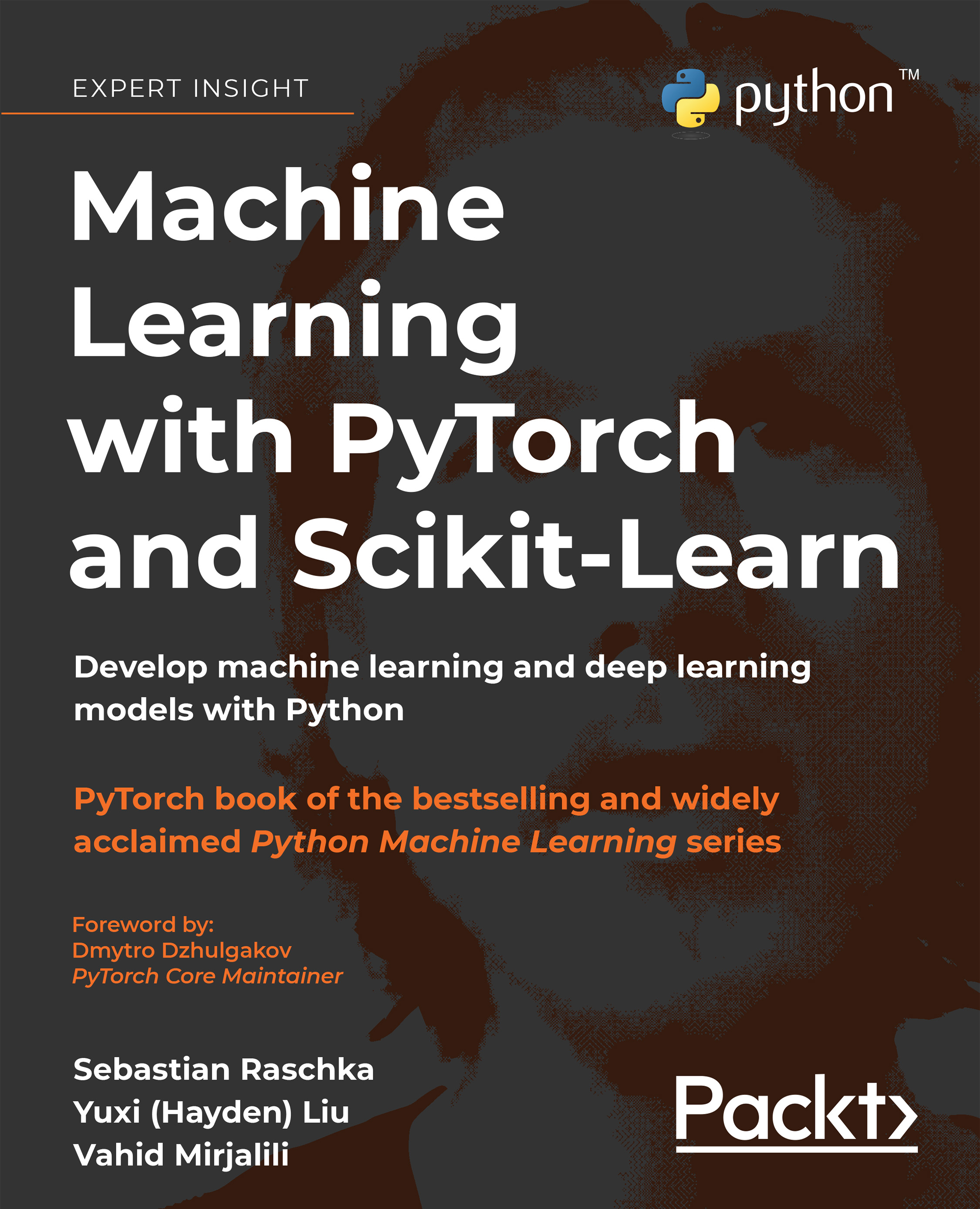Summary
In this chapter, you first learned about the properties of sequences that make them different from other types of data, such as structured data or images. We then covered the foundations of RNNs for sequence modeling. You learned how a basic RNN model works and discussed its limitations with regard to capturing long-term dependencies in sequence data. Next, we covered LSTM cells, which consist of a gating mechanism to reduce the effect of exploding and vanishing gradient problems, which are common in basic RNN models.
After discussing the main concepts behind RNNs, we implemented several RNN models with different recurrent layers using PyTorch. In particular, we implemented an RNN model for sentiment analysis, as well as an RNN model for generating text.
In the next chapter, we will see how we can augment an RNN with an attention mechanism, which helps it with modeling long-range dependencies in translation tasks. Then, we will introduce a new deep learning architecture...

































































